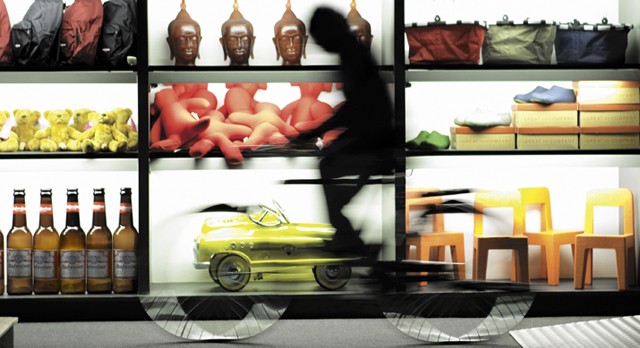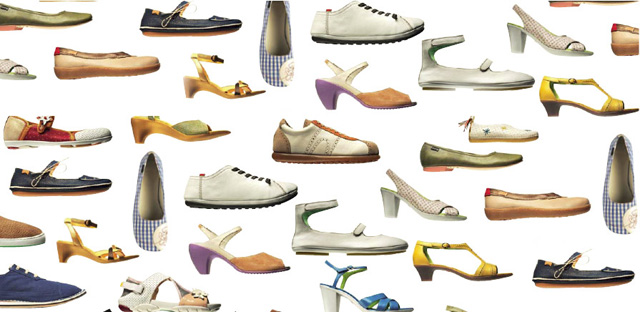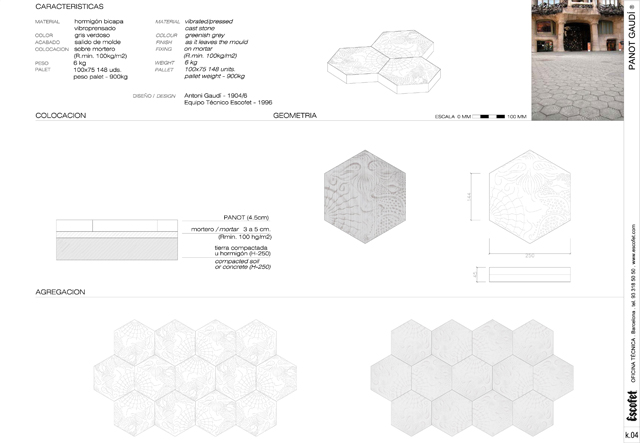Vinçon
Like moths to a flame Vinçon’s warm glow of red neon has been drawing shoppers since the late 1960’s.
Offering products from the classic to the quirky, Vinçon sits in a privileged position on Passeig de Gracia. A contemporary home design store and Barcelona institution of chic. Oozing cool in an age of internet shopping and Amazon deliveries. Vinçon remains box fresh.
 Fernando Amat
Fernando Amat
Based in the former home and studio of Catalan artist Ramon Casas, it’s architectural structures and form create the perfect frame to highlight the products and furnishings, and a terrace overlooking La Pedrera forms the perfect backdrop.
Formerly a porcelain imports firm founded in 1934. Fernando Amat, architect, interior designer and co-owner, re-vitalised the store in the late 60’s. Amat, the second generation owner, turned the retail concept on it’s head, taking inspiration from Terence Conran’s London store. Instilling a philosophy in which the products themselves were the exhibits, and the store a relaxed public space to view and enjoy.
Read more »»


 Should we therefore fear the cities of tomorrow?
Should we therefore fear the cities of tomorrow?







